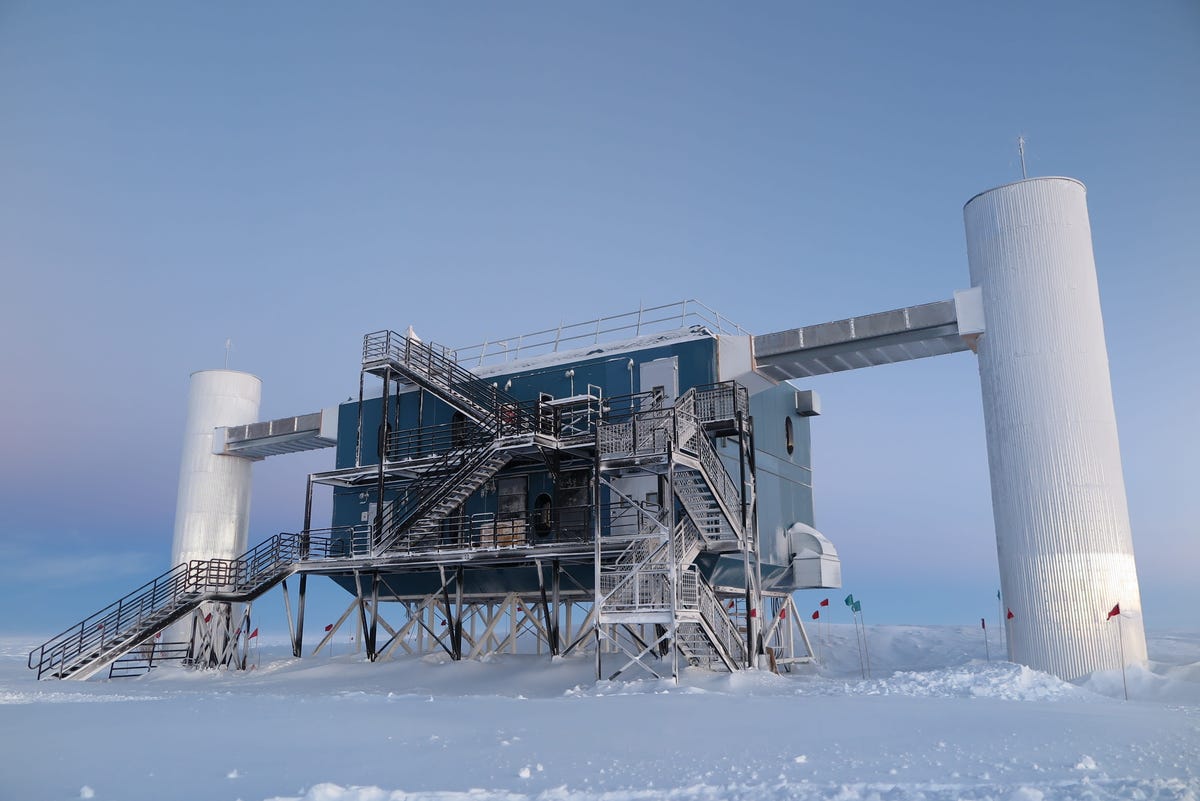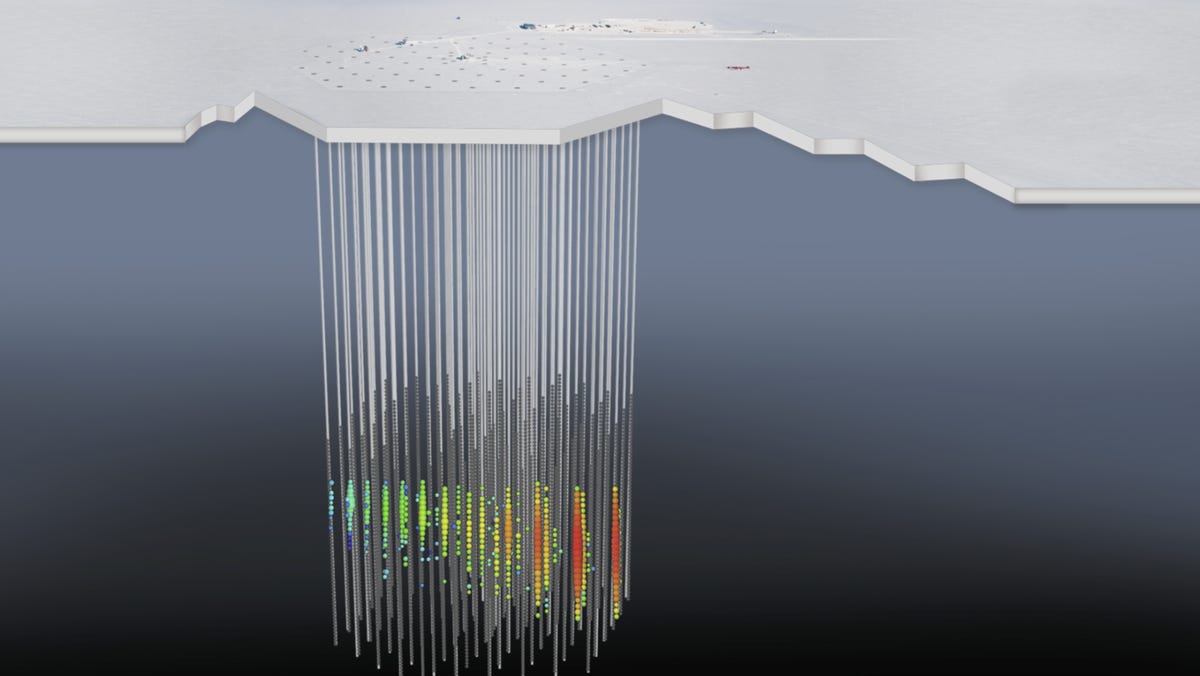Born in the cradle of deep space, shooting at nearly the speed of light and harnessing energy up to a million times greater than anything achieved by the world’s most powerful particle accelerator, cosmic rays are atom fragments that relentlessly rain down on Earth. They get caught in our atmosphere and mess up our satellites. They threaten the health of astronauts living in orbit, even when sparse in number.
What kind of extreme cosmic factory could make such a thing, you ask? Unclear. In fact, this question has plagued scientists for over a century. But on Thursday in the journal Science, astrophysicists announced they might have uncovered an important clue for putting together a cosmic ray origin story.
The short version is that they think cosmic rays come from blazars, or galaxies holding enormous black holes with energetic jets that point toward Earth — streams so intense they’re mightier even than the entire surrounding galactic region. It’s the kind of phenomena one might expect fierce particles to come from.
“This of course means we are sitting right in the particle beam being spewed at us by the black hole,” Francis Halzen, a University of Wisconsin-Madison professor of physics and lead scientist for the IceCube Neutrino Observatory, who wasn’t involved in the new study, said in a statement.
Here’s the long version.
A secret neutrino code
Basically, the new study’s team used the art of deduction to figure out where these strange atom bits come from.
First, they tracked down a sort of cosmic ray offshoot called a neutrino.
Known as “ghost particles,” neutrinos are a massive enigma in themselves. They’re so evasive they interact with hardly anything, yet forcefully blast throughout the cosmos. As they travel, neutrinos don’t touch even the tiniest building blocks of life — atoms — which means trillions of them are actually zipping through your atoms right now. You just can’t tell.
Specifically to cosmic rays, however, neutrinos are thought to begin somewhere along the puzzling particles’ lifespan. Their legacies are connected, so to speak.
Thus, the research team realized that if we can understand where astrophysical neutrinos come from, we’ll have a solid idea of where cosmic rays might originate as well. Think of neutrinos as little shadowy messengers, telling us where their cosmic ray parents are. Fascinatingly, these sort of “particle messengers” are giving rise to a whole new field of astronomy called multi-messenger astronomy.
Rather than rely only on light to decode the universe — the driving force behind NASA’s exceptional James Webb Space Telescope, for instance — scientists can call on elusive particles, and even gravitational waves, to dissect the ins and outs of space-borne phenomena.
“It’s like feeling, hearing and seeing at the same time. You’ll get a much better understanding,” Marco Ajello, associate professor of Physics and Astronomy at Clemson University and author of the study, said in a statement. “The same is true in astrophysics because the insight you have from multiple detections of different messengers is much more detailed than you can get from only light.”
Searching from within the South Pole
So, focusing on multi-messenger astronomy, to get to the bottom of things, the scientists first analyzed what they call the “largest available neutrino data set” optimized for the search, collected from the IceCube Neutrino Observatory, a science base buried deep within the South Pole. In 2017, this observatory detected a neutrino that was later traced to a frightening blazar called TXS 0506+056.
But there was still debate over whether these blazars really are natural particle accelerators that manufacture cosmic rays. Other experts, for example, believe cosmic rays are blips of stardust crashing through space, the product of violent supernovas illuminating the universe.


The IceCube Neutrino Observatory in Antarctica.
Erik Beiser, IceCube/NSFThough this debate ought to be put to rest, per the new study’s team, as it cross-checked IceCube’s findings with a catalog of blazars — PeVatron blazers, to be exact, which speed up particles to at least 10^15 electron-volts — and obtained strong proof that the two are entangled.
“In this work,” the study authors wrote, “we show that blazars are unambiguously associated with high-energy astrophysical neutrinos at an unprecedented level of confidence.”


A rendering of the IceCube detector shows the interaction of a neutrino with a molecule of ice.
IceCube Collaboration/NSF“We had a hint back then (in 2017), and now we have evidence,” Ajello said.
“The results provide, for the first time, incontrovertible observational evidence that the sub-sample of PeVatron blazars are extragalactic neutrino sources and thus cosmic ray accelerators,” study co-author Sara Buson from Julius-Maximilians-Universität in Germany, said in a statement.
Importantly, Buson also notes these results came from looking at only the “most promising” sets of IceCube neutrino data — which means digging deeper into the background sets could offer even stronger evidence and pave the way for more discoveries going forward.
As Aljello puts it, this new neutrino clue “places us a step forward in solving the century-old mystery of the origin of cosmic rays.”